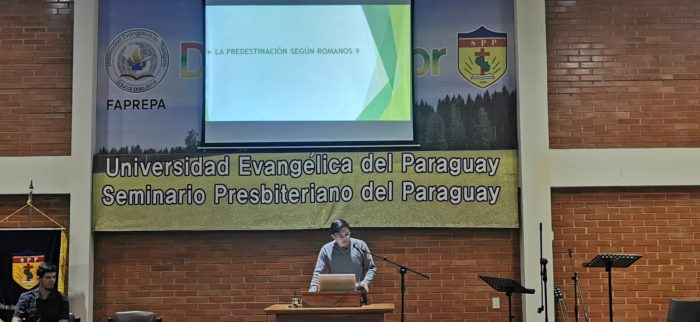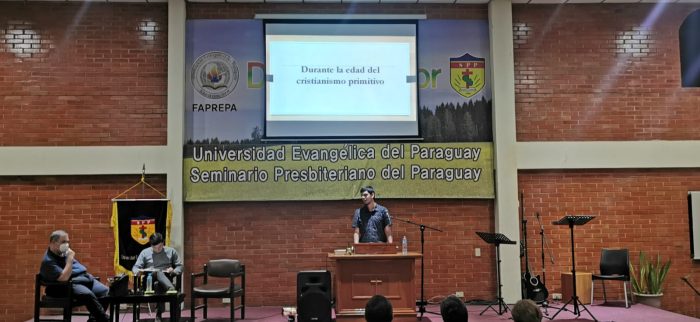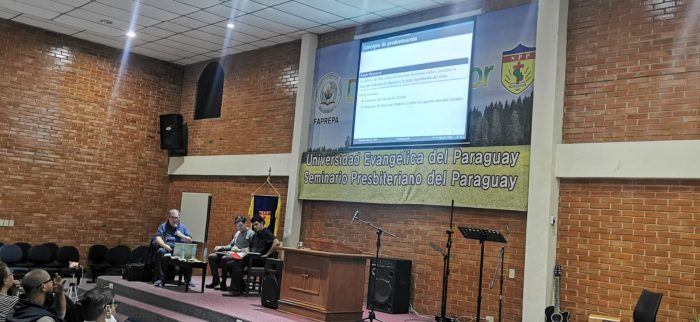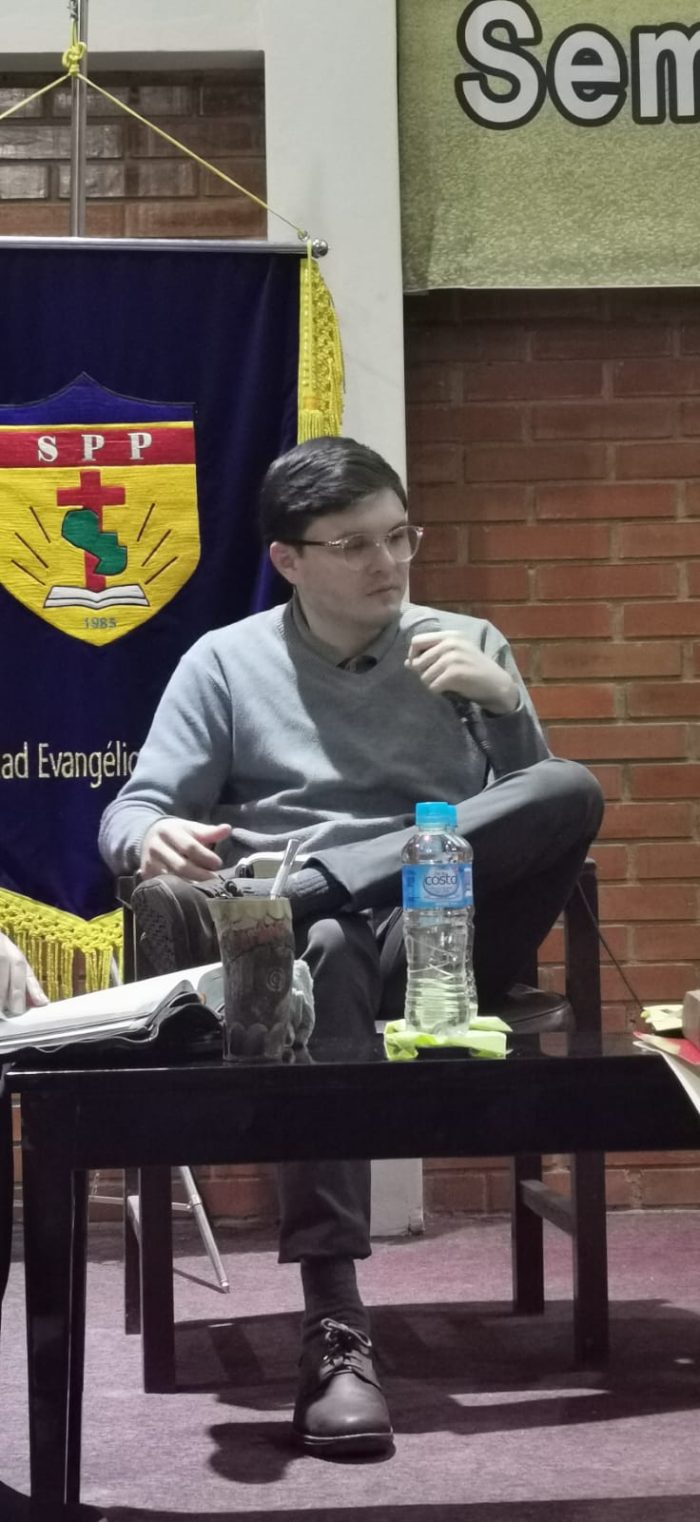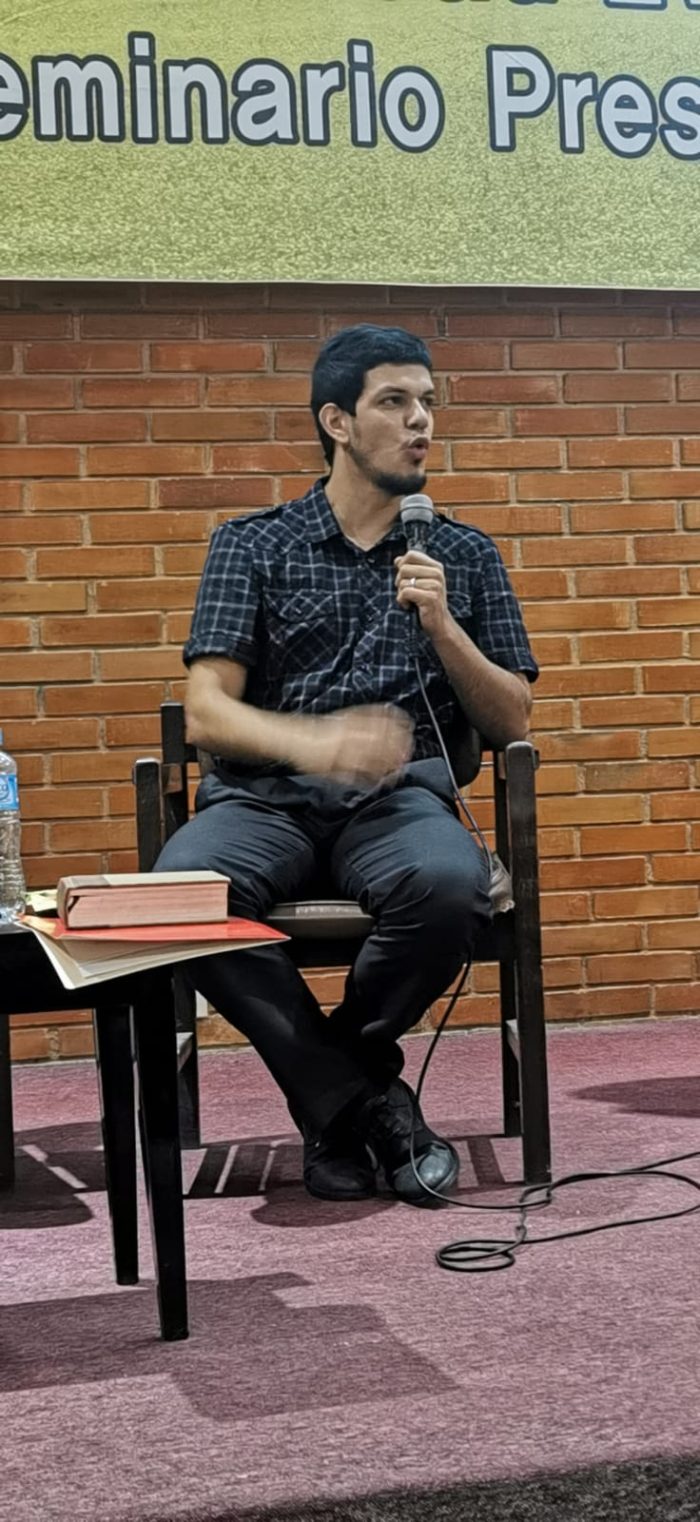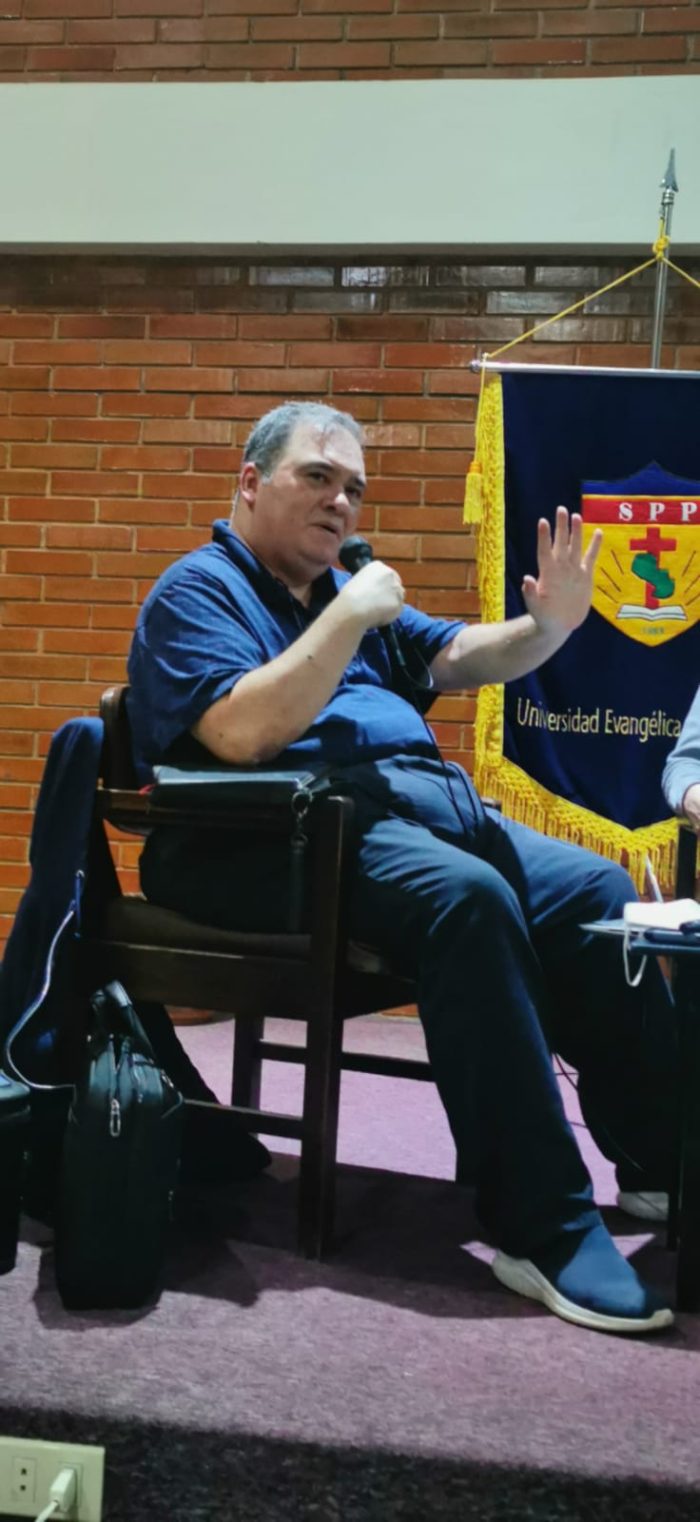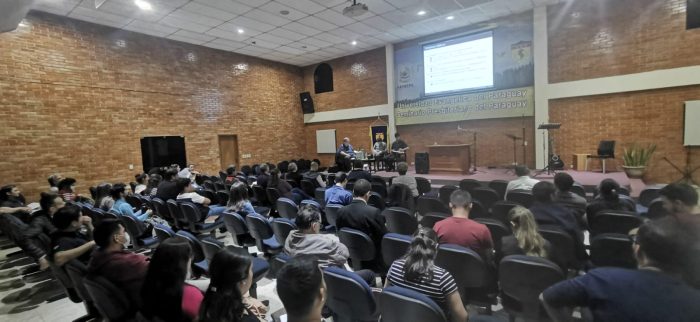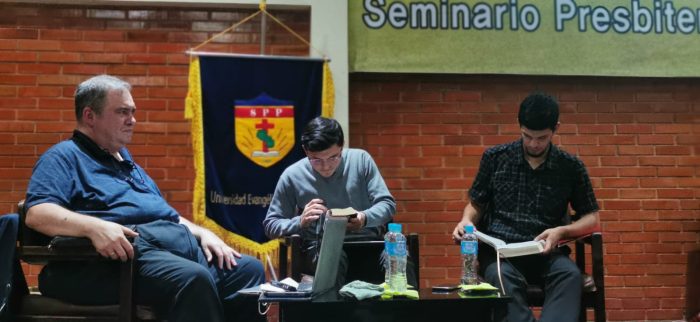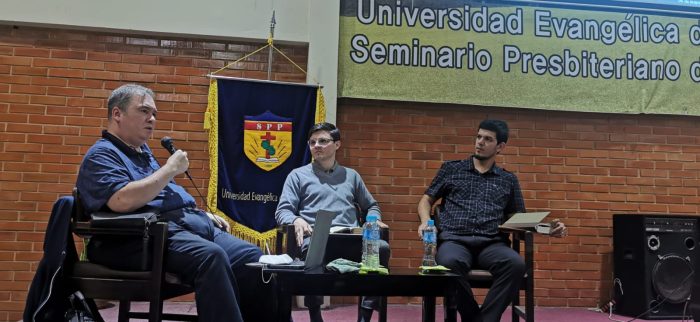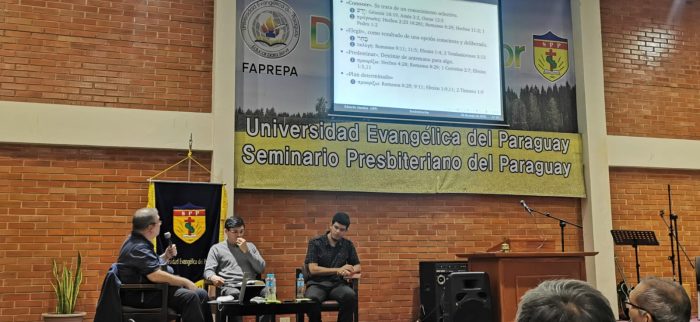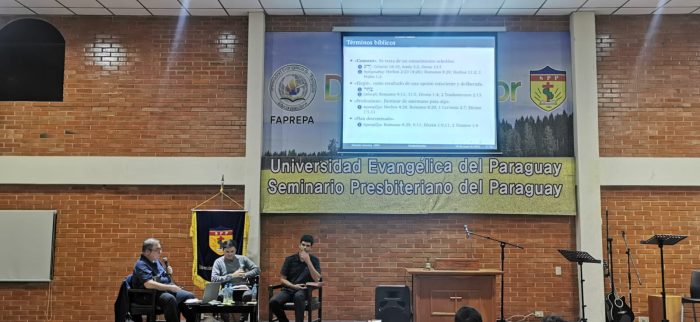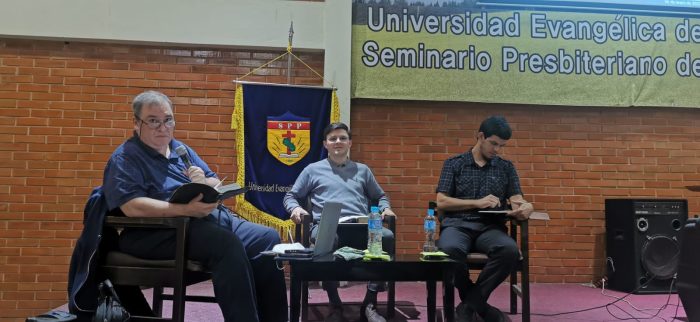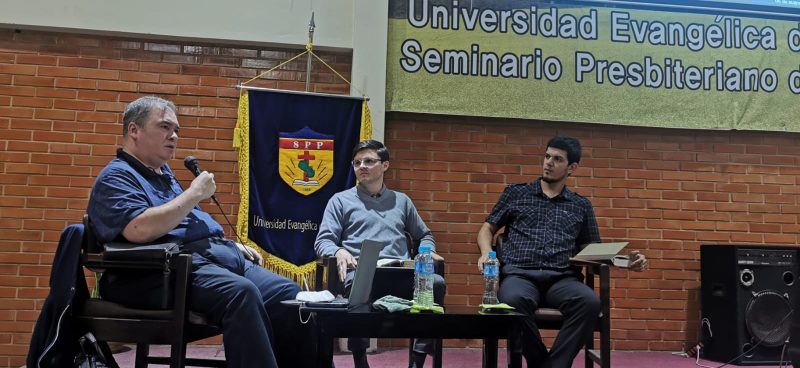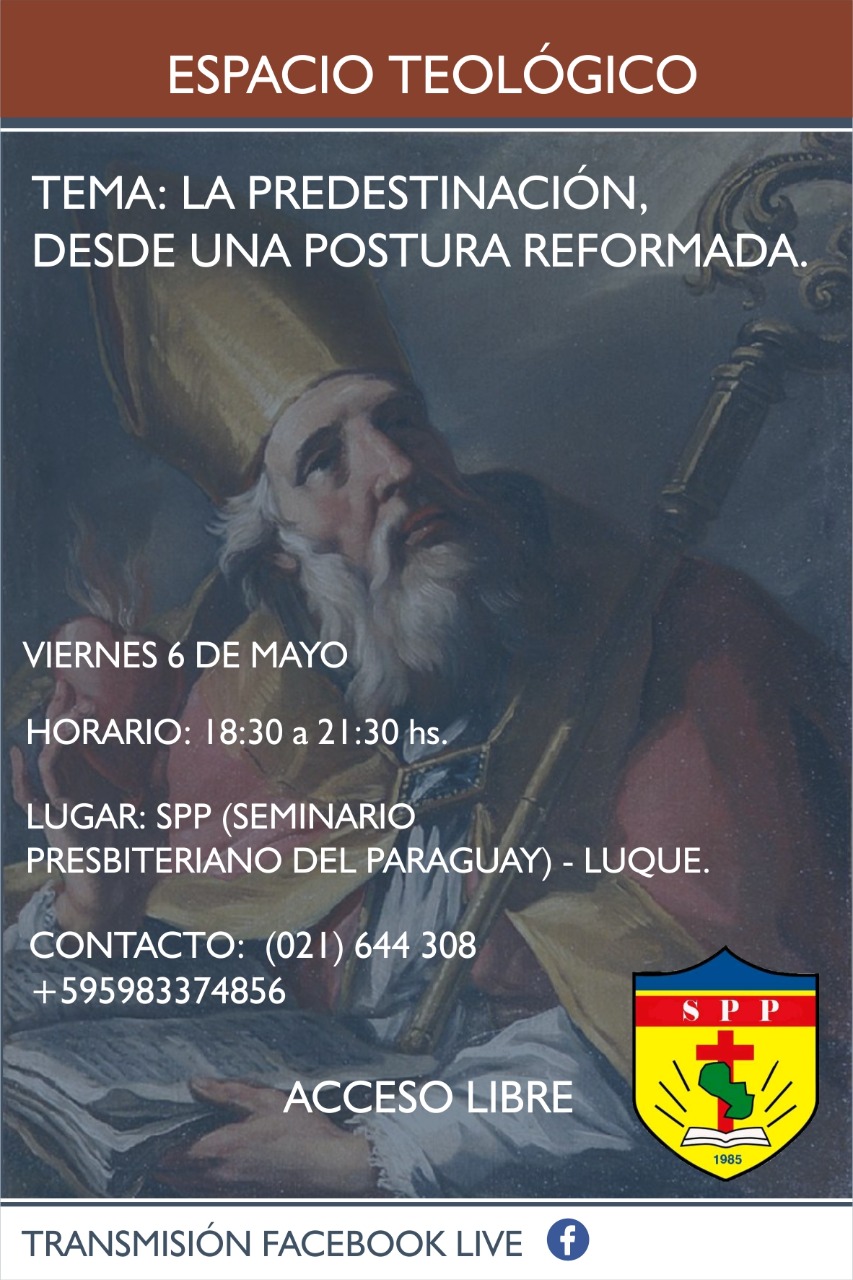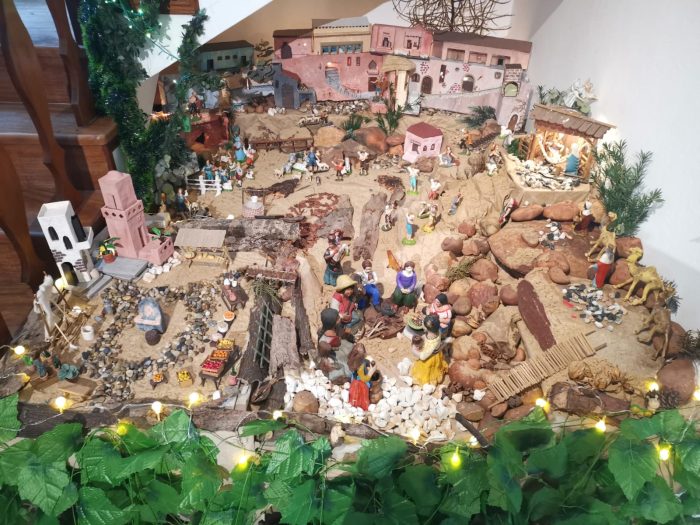
LucÃa Caram sparks anger in Spain after appearing to contradict Catholic teaching on perpetual virginity of mother of Jesus
Source: Nun receives death threats for suggesting Mary was not a virgin | World news | The Guardian
This news item was widely reported in Latin American media outlets. Given that the nun is an Argentine national and this continent has a large –albeit nominal– Roman Catholic population, the nun’s statements made quite an impact. As the quoted news report stated, the dogma of Virgin Mary’s perpetual virginity is a core Roman Catholic belief.
In social media circles, I saw a lot of Reformed and Evangelical commenters echoing this nun’s statements with approval, quoting passages such as Matthew 13:55-56. Of course, Paraguay being a largely Roman Catholic country, there was no time lost for Catholics reacting angrily against such posts, and the ensuing flamewars were not edifying (is there one that is?).
I understand the zeal of many Protestant Christians to expound and promote their faith, and to engage in polemics against those who they perceive to be in error, such as Roman Catholics. But such a zeal in this case this is misguided, and it is guaranteed to be counterproductive. It is not a contention for the faith that was once and for all delivered to the saints (Jude 3). It is just useless. Let me explain.
For the Evangelical, the key dogma is that of the virgin birth of Christ; that is, Chirst was conceived and born from a virgin (Luke 1:27,34-38). However, for the Roman Catholic this is not the whole story: as stated by their tradition (a source of special revelation for Catholics) and stated by some councils, the perpetual virginity of Mary is a key dogma of their faith. The Virgin Mary not only was a virgin when Jesus was conceived; but she stayed a virgin throughout her life.
It should also be taken into account that Roman Catholics put Mary and her “purity” in a very important place. The nun quoted in the article may have a point or two in that regard, but this lies outside the scope of this post. My issue is that this dogma is highly sensitive for many Catholics and this should be taken into account.
But it might be asked: how could texts such as Mattew 13:55-56 be reconciled with the dogma of Mary’s perpetual virginity? How can you say that Mary stayed always a virgin in the face of that? Well, on the subject of Jesus’ family there are largely three options:
- Jesus’ brothers were actually His brothers, children of Mary and Joseph with Jesus being the firstborn. Some even think Romans 8:29 echoes this. This interpretation is consistent with the natural sense of the text; but for Catholics this is problematic since this would imply that Mary did not remain a virgin after giving birth to Jesus.
- Jesus’ brothers were His half-brothers, children of Joseph but not of Mary. In this interpretation, Jesus’ brothers are children of Joseph and some other woman in an earlier marriage. Joseph is seen as a widower, with a significant age difference with Mary. This interpretation, which I read is common in the Orthodox Church, could be consistent with Mary’s perpetual virginity.
- Jesus’ brothers were actually His cousins or some other close relative. Catholics allege that ἀδελφοὶ (brothers) is usually a Semitic mode of expression for relatives. Just as Jesus was called “Son of David” not because Jesus was an actual son of King David but his descendant, people also called “brothers” to his close relatives, which could be His cousins or men with a close degree of kinship to Him. In fact, there is a Bible translation widely used among Catholics who translate ἀδελφοὶ as “cousins” in this passage (go figure). This interpretation would be consistent with a belief in Mary’s perpetual virginity.
As I stated, Catholics usually espouse interpretation (3). This would be totally consistent with belief in Mary’s perpetual virginity, but has the disadvantage of being a contrived device, bringing a forced harmonization between the Biblical text and church dogma. Were one not bound by any dogma, the best interpretation would of course be that of (1), and that is the interpretation usually espoused by Evangelical interpreters.
But “usual interpretation”, “best interpretation”, “most consistent interpretation” does not equal “mandatory interpretation” or imply that it should be an article of faith. One could espouse (2) or (3) and be a less than ideal interpreter, but the results do not affect any essential doctrine or dogma of the Evangelical faith. In fact, it should be possible to believe in Mary’s perpetual virginity and remain in full Evangelical orthodoxy and sound doctrine. In other words: the matter of Mary’s perpetual virginity is indifferent. We even have a term coined for these doctrines: adiaphora.
So, this is the situation: these good Evangelical Christians are attacking Catholics on something which is irrelevant to our faith and deeply sacred to theirs. Let me ask this: is this a good practice? No!
The Reformed, Evangelical, Christian faith has significant differences with Roman Catholicism. That’s why we had the Reformation, after all. Doctrines such as the use of images, veneration of Mary and the saints, purgatory, indulgences, transubstantiation, the Mass as a sacrifice, apostolic sucession and the place of the Pope, Mary’s immaculate conception, the Bible canon, the role of church tradition… are enough bones of contention. If you want to debate Catholics, these are plenty. You don’t need to pick another.
Picking this subject as a spear to charge against Catholics is useless. For many of them, stating that Mary had other children with Joseph is an insult to Mary’s purity and the only result we would achieve is to get Catholics offended and alienated. Do we want this?
Paul admonishes us: “If possible, so far as it depends on you, live peaceably with all.” (Romans 12:18). Why should then be unnecessarily offensive? We will be offensive when preaching the Gospel (1 Corinthians 1:18-25). This is a certainity and it is guaranteed. But our offensiveness should be limited to the gospel truth, not about quarreling whether Mary had sex with Joseph or not.
Therefore, my dear Evangelical zealous debater, do not waste your precious time and energy on something so useless as this. If you have to debate, at least try to pursue a worthier subject matter. That would be a better stewardship of your gifts and resources.
